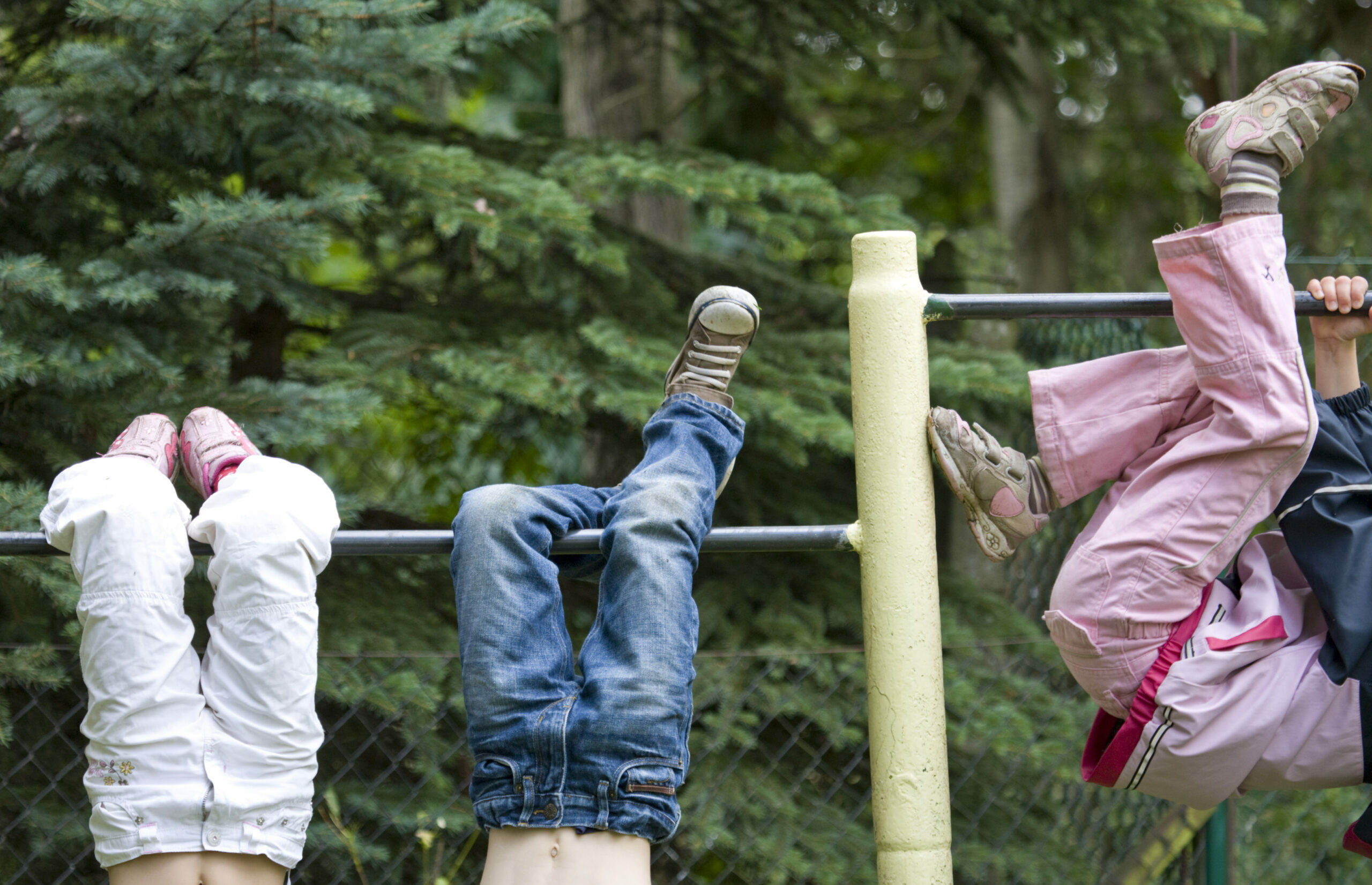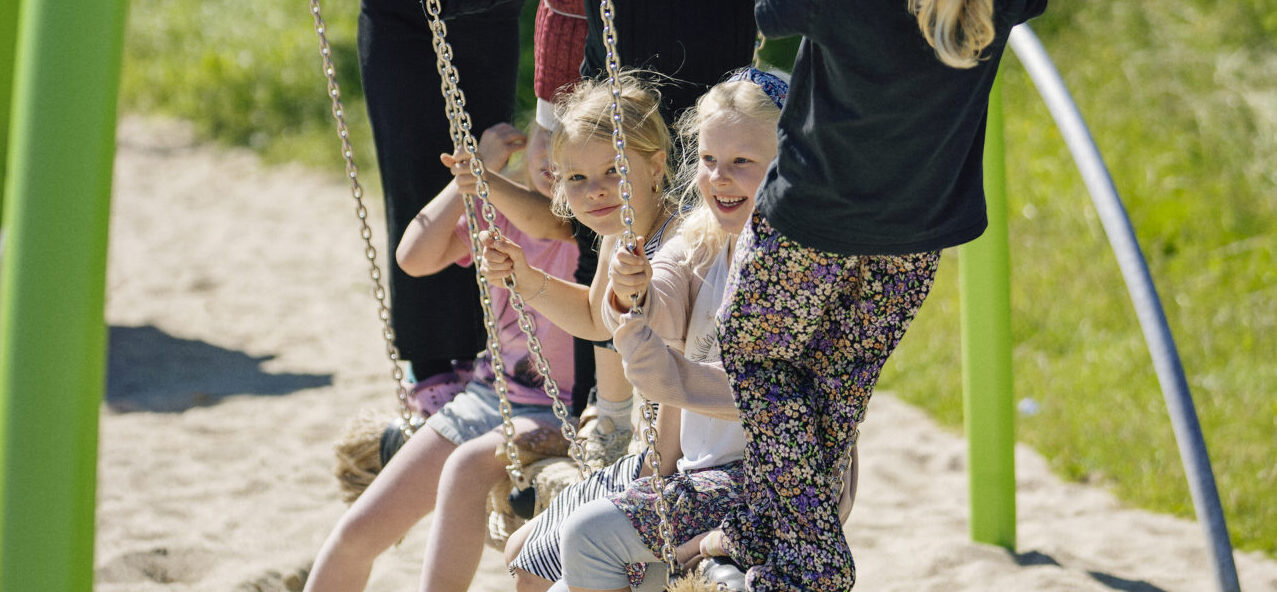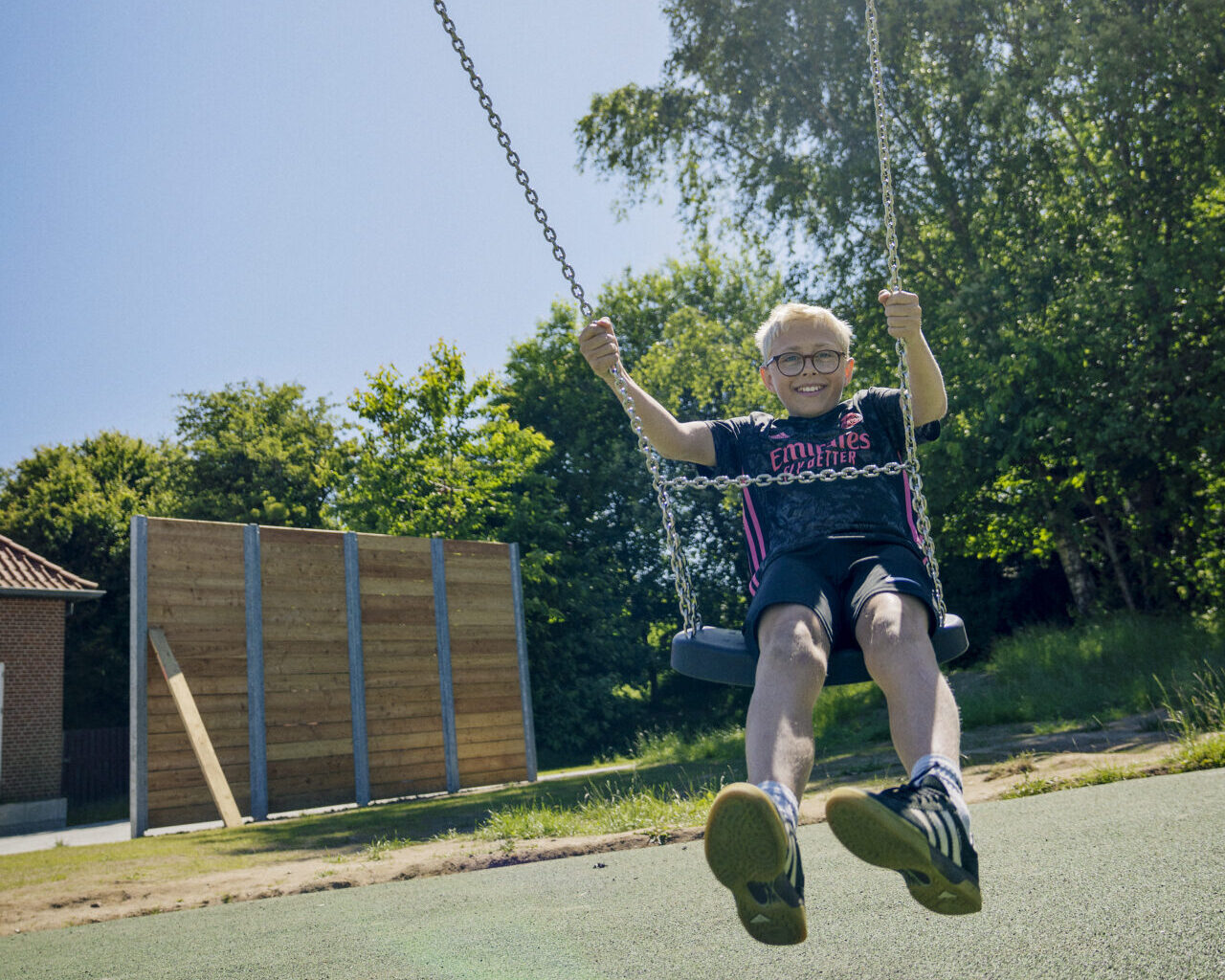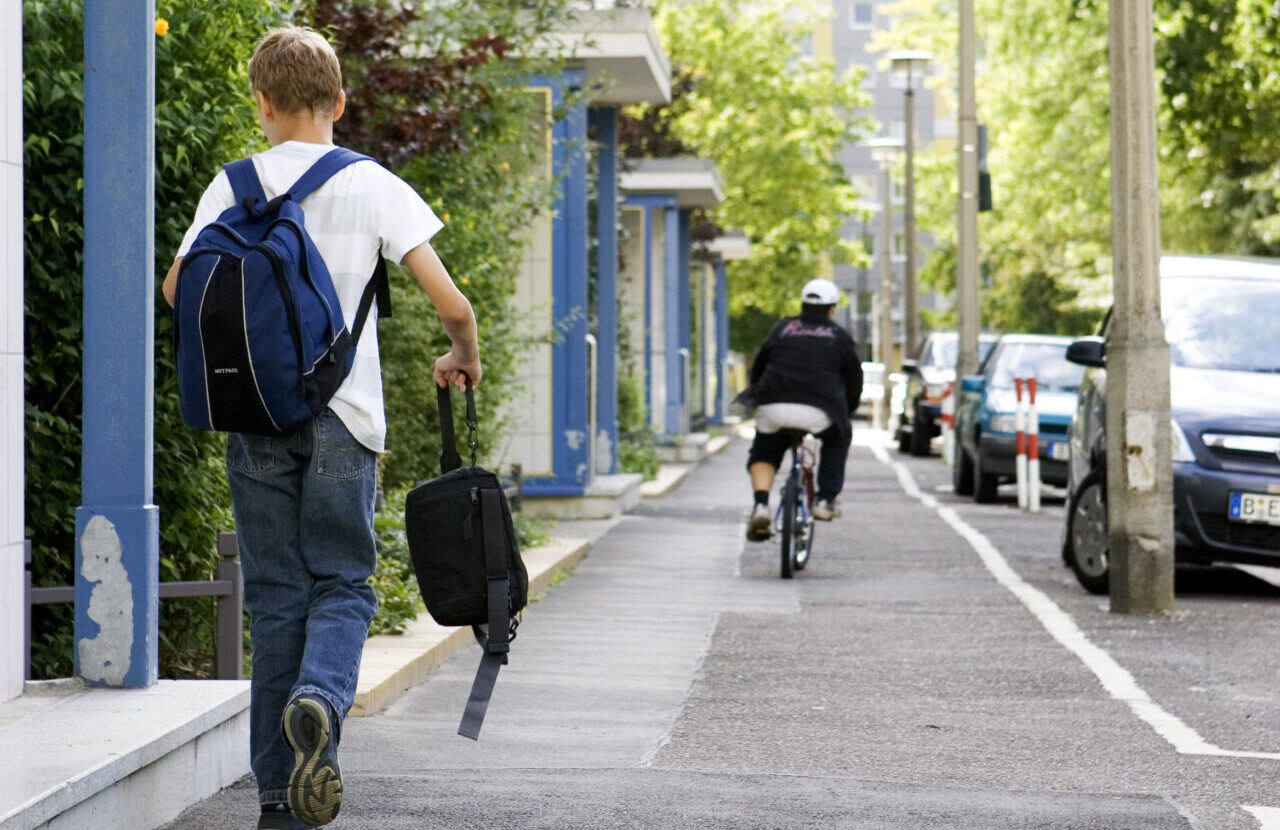
How do parental attitudes toward risk and injury relate to children’s physical activity?
Introduction and aim
Children can benefit from adventurous play.
It can build independence, resilience, and emotional regulation skills, as well as contribute to mental well-being. Furthermore, these activities are often vigorous and can substantially increase children’s moderate-to-vigorous levels of physical activity (MVPA).
In this brief, we highlight key results from an article published in 2024 that investigates the relationship between parent attitudes to risk and injury*, and their elementary school-aged child’s daily adventurous play and MVPA in Australia.
The study draws from a sample of 645 Australian parents or guardians who completed an online survey comprising validated measures investigating children’s physical activity, active play, and adventurous play, and their attitudes towards risk and injury.
For example, parents were asked about the average daily time their child spent engaged in active play, with provided examples illustrating various types of activities and settings, such as climbing high or jumping off elevated surfaces.
This brief aims to offer valuable information for practitioners and policy makers who are interested in designing interventions to enhance children’s opportunities for adventurous play and physical activity outdoors.
*Risk and injury are addressed in the article regarding risky play, which the authors define as ”thrilling and exciting forms of physical play that involve uncertainty and a risk of physical injury” (Sandseter, 2010).
Risk-tolerant parents boost children’s active playtime
Children with parents who tolerate risk in play are more likely to meet the MVPA guideline of 60 minutes daily and spend more time playing adventurously.
Caution holds back children’s play and physical activity
In contrast, children with parents who have a more cautious attitude toward risk and injury are significantly less likely to play adventurously and meet the MVPA guideline of 60 minutes daily.
Parental attitudes impact young children’s adventurous play
When parents have a positive attitude towards risk, adventurous play increases among younger children, whereas parents with a lower tolerance for injury diminish the association between young children and meeting MVPA guidelines.
Key messages
Overall, parents were positive about children’s engagement with risk. However, the authors found three factors concerning parental attitude.
Mothers’ and fathers’ attitudes toward children’s play and physical activity
The authors did detect a difference in parents’ attitudes towards injuries, with mothers more concerned about play injuries than fathers. The fathers were generally more positive and tolerant towards injuries during play.
Also, having a younger parent, living in a major city, speaking English at home, and not being an only child can increase adventurous play.


Key take home message
Adjusting how parents perceive risks and injuries can be a key factor in promoting enjoyment and physical activity in children’s play.
When striving to improve children’s play experiences, future interventions should address the disparity between parents’ beliefs and their actual parenting behavior; they might unintentionally hold things back more than they mean to.
The results from the study suggest the need to directly address parental concerns, particularly mothers, to explore how fears can be overcome and foster attitudes that empower parents to provide more opportunities for outdoor play.
Recommendations
Adjusting how parents perceive risks and injuries can be a key factor in promoting enjoyment and physical activity in children’s play.
When striving to improve children’s play experiences, future interventions should address the disparity between parents’ beliefs and their actual parenting behavior; they might unintentionally hold things back more than they mean to.
The results from the study suggest the need to directly address parental concerns, particularly mothers, to explore how fears can be overcome and foster attitudes that empower parents to provide more opportunities for outdoor play.
Give practical tips
Parents should be offered practical guidance for handling injury worries and supporting their children’s risk-taking in outdoor play.
Focus on playtime
.. To make playtime even better!
Close the parental perception gap
Future interventions should address the gap between parental beliefs and actual parenting, as it may impose more constraints than they realize or intend.
All our briefs are accessible through our website, www.playgroundresearch.org.
On the website, you’ll find a compilation of briefs that offer a clear comprehension of research findings and their implications for future research and practical application.
You can also download a printable PDF version of this brief to facilitate sharing.
Downloads
Please click on the download link below to obtain a copy of each file
Main Editors

Similar Briefs
Projects
Explore our institute’s active engagement in developing playgrounds’ future through innovative research and current projects.
Briefs
We are dedicated to sharing valuable insights from research studies and reviews through concise and accessible publications.
Articles
Explore our article database for a comprehensive array of global research and insights, offering diverse perspectives and knowledge.
News
Stay up-to-date and engaged through the latest news, project updates, events, and activities specific to playground research.


